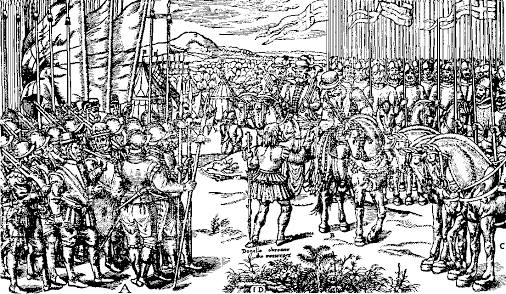Ulysses Kay’s Fantasy Variations
This February, the Daily Classical Music Post celebrates Black composers and musicians whose music has been suppressed and ignored. All of these musicians should be added to the music history and music theory curriculum.
Ulysses Kay (1917–1995) composed in a mainly neoclassical style. He studied at Eastman and Yale, and one of his main composition teachers was Paul Hindemith. In addition to symphonic, choral, and organ compositions, he composed five operas, all of which were well received at the time, although it doesn’t seem that they have been performed much since their premieres.
Kay was described throughout his life as a composer with “unmistakable gifts.” Bernard Holland said of Kay’s opera based on the life of Frederick Dougass: “Mr. Kay's language and style are familiar to those who follow American composition—tonality slightly stretched, the use of sequences moving in half-steps to promote tension, some happy incorporations of traditional 19th-century melody.”
Kay composed Fantasy Variations in 1963 to a commission from the Portland [Maine] Symphony Orchestra. It received its premiere just a few days before the assassination of John F. Kennedy. Kay said when asked about how this work came about: “Over the years musical ideas or materials occur to a composer. . . . In themselves the import of these ideas is negligible, but they are important for the composer, for they are the raw material out of which a composition grows. Just such an experience happened to me, beginning in 1958, with the materials used in my Fantasy Variations.”
Lucius R. Wyatt says, “The Fantasy Variations is characterized by the composer’s ingenious handling of the resources of the orchestra and his skillful organization of the melodic, harmonic, formal, rhythmic, and textural details.” Harold C. Schoenberg said that the Fantasy Variations was a “pleasant work, conservative in style, rich in sound, skillful in construction.” What is most interesting about this work is that Kay actually waits until the end to present the main theme. The form of the work is introduction, thirteen variations, and then finally, the theme.
My classical music post for today is Ulysses Kay’s Fantasy Variations.





Comments
Post a Comment